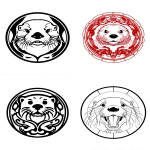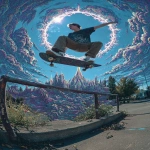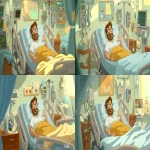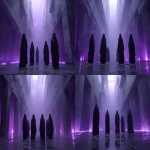Explore the Best AI Image Gallery
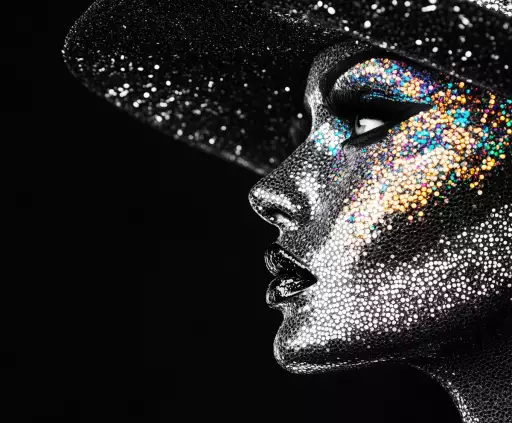
Quantum Creativity: Unleashing the Potential of Quantum Computing in the Arts
The intersection of art and technology has always been a fertile ground for innovation. From the Renaissance masters who harnessed perspective to modern artists embracing digital tools, the quest to push creative boundaries knows no bounds. Now, on the horizon, lies a transformative force: quantum computing. This revolutionary technology, with its ability to process information at an unprecedented scale, is poised to reshape the creative landscape in ways we are only beginning to imagine.
Quantum Leap in Artistic Expression
Quantum computings immense processing power opens doors to novel artistic expressions. Imagine algorithms capable of generating intricate musical compositions, crafting stunning visual art based on complex mathematical formulas, or even designing interactive narratives that adapt in real-time to the viewers emotions.
Beyond Traditional Tools
- Generative Art: Quantum algorithms could create entirely new forms of art, exploring complex patterns and structures beyond human comprehension.
- Interactive Experiences: Imagine immersive installations where viewers actions influence the artwork in real-time, guided by quantum-powered simulations.
- Personalized Creativity: Quantum tools could assist artists in refining their styles, generating variations on existing works, or even co-creating with AI to explore uncharted creative territories.
The Ethical Frontier
As with any powerful technology, quantum computing raises ethical considerations that the creative industry must grapple with.
Key Concerns:
- Authorship and Ownership: Who owns the rights to art created by quantum algorithms? How do we define authorship in a world where AI plays a significant role?
- Bias and Representation: Quantum algorithms are trained on data, and if that data reflects existing biases, the resulting artwork could perpetuate harmful stereotypes.
- Accessibility and Equity: Will access to quantum computing be limited to large institutions or corporations, widening the gap between established artists and emerging talent?
Shaping the Future of Creativity
Despite the challenges, the potential benefits of quantum computing for the creative industry are vast. The coming years will witness a surge in research, development, and experimentation, pushing the boundaries of artistic expression and redefining our understanding of creativity itself.
Future Trends:
- Quantum-Powered Design Tools: Imagine architects using quantum simulations to design buildings that adapt to changing environments or fashion designers crafting garments that respond to the wearers body heat.
- Hybrid Art Forms: Quantum computing could bridge the gap between physical and digital art, creating immersive experiences that blend reality with virtual worlds.
- Collaborative Creativity: Quantum platforms could facilitate global collaborations, allowing artists from different disciplines and cultures to co-create innovative works.
The fusion of quantum computing and the creative arts promises a future where imagination knows no limits. By embracing this transformative technology responsibly, we can unlock unprecedented possibilities for artistic expression, innovation, and human connection.
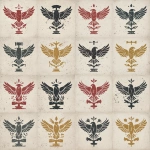

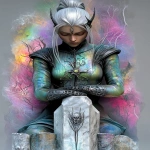

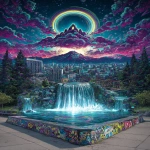


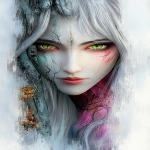

](https://images.ai-img.art/thumbnails/150/461af9b1ecfbca79f228584c0f3751118c0f696486cadcccf30ab2600b74bc0b.webp)

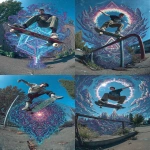
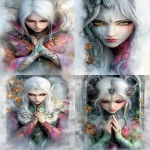


](https://images.ai-img.art/thumbnails/150/c9437d9698a6c6c26564883d095b411feaeda2095b19e025e8c1668085441c5c.webp)
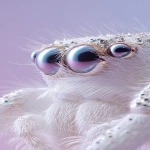
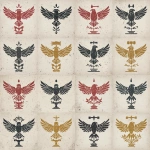
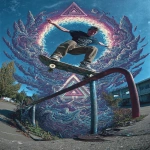
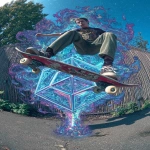

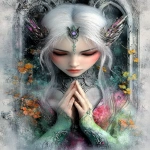

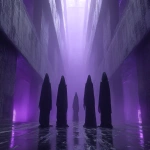


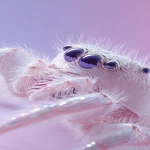

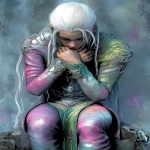
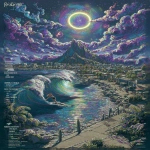
](https://images.ai-img.art/thumbnails/150/1f5b798b3922304bf6c37ce90b7a9290370c44a8bcfbfb0180b93faa4b02f73a.webp)
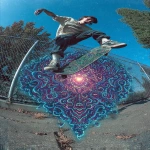





](https://images.ai-img.art/thumbnails/150/1ce1e6bd70605ae20fb18eb21544092347b1baebb547304b9002eb707483f172.webp)

